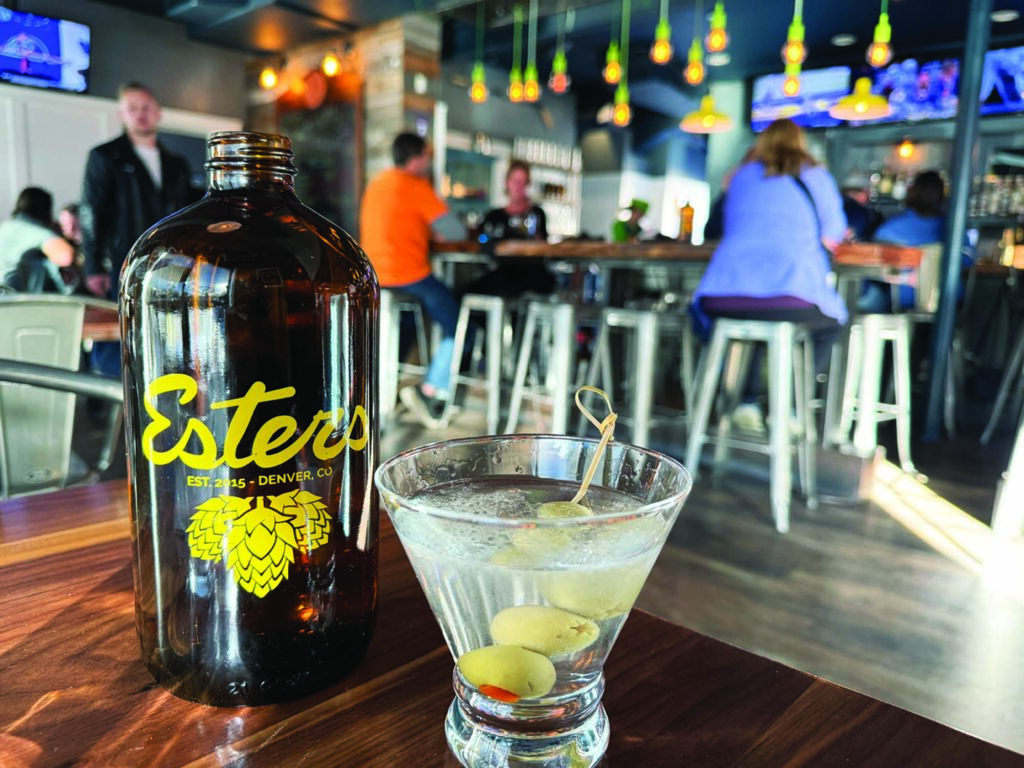It has never been more critical to support your favorite neighborhood watering hole. Rising costs are forcing bars and restaurants into tough decisions. Staff wages are climbing, food and beverage costs continue to rise, and property taxes are escalating. Owners are caught between raising menu prices—risking the loss of loyal customers—or cutting corners on quality, portion size, and even the glass your cocktail is served in. Many don’t even pay themselves. Others, after decades of nourishing communities, have simply closed their doors.
Between 2023 and 2024, Denver lost 183 restaurants. Each week brings news of another institution we never thought would close. The Hornet is a prime example: 30 years of first dates, late-night meals, debates, and memories—all gone. Misty worked there for years, alongside a work family of servers and cooks. Now the building has been sold, and with city appraisals driving up property taxes, tenants are hit with rent increases that make survival impossible.
Even legends are not immune. Pete’s Kitchen, a Denver staple since 1942, shut down as Colfax construction choked off access for customers. Benzina and many others have faced the same fate. Here in Wheat Ridge, the seemingly endless Wadsworth construction has strangled growth and left businesses struggling to hang on. At the Carnation Festival, countless residents told me at the Gazette booth how deeply this has affected them. The city promises “spring of ’26,” but that feels like a lifetime away for small businesses. Whoever steps in as the new Director of Public Works has a steep uphill battle to rebuild trust with the community.
And yet, amid the closures, there are reminders of what makes local places special. I think of Wheat Ridge Lanes, where I meet Phil and John for the first time. They are here every Wednesday for a cocktail and a shot. We talk about the best ever guitarists, movies and favorite albums. They invite me to their block party and of course I accept, even the owner, Spencer, joins in the conversation. That simple, genuine connection is the heartbeat of a true neighborhood spot. This is how places survive—they create a culture, a sense of belonging, where everyone feels welcome no matter what they drive or wear. This is the key to success. If you are wondering why your bar or restaurant is empty, get out of the kitchen or behind your number filled screen and get to know your customers.
So here’s the truth: if you want your favorite place to survive, the responsibility starts with you. Support the owners and staff who work tirelessly—people like Niya, Liz and Jeff, Eugene, Ryan, Spencer, Paul, Joe and so many others. They pour their energy into making sure every “Phil and John” feels at home. What keeps restaurants and bars alive isn’t just food and drink—it’s community. And that’s something only we, together, can preserve.






